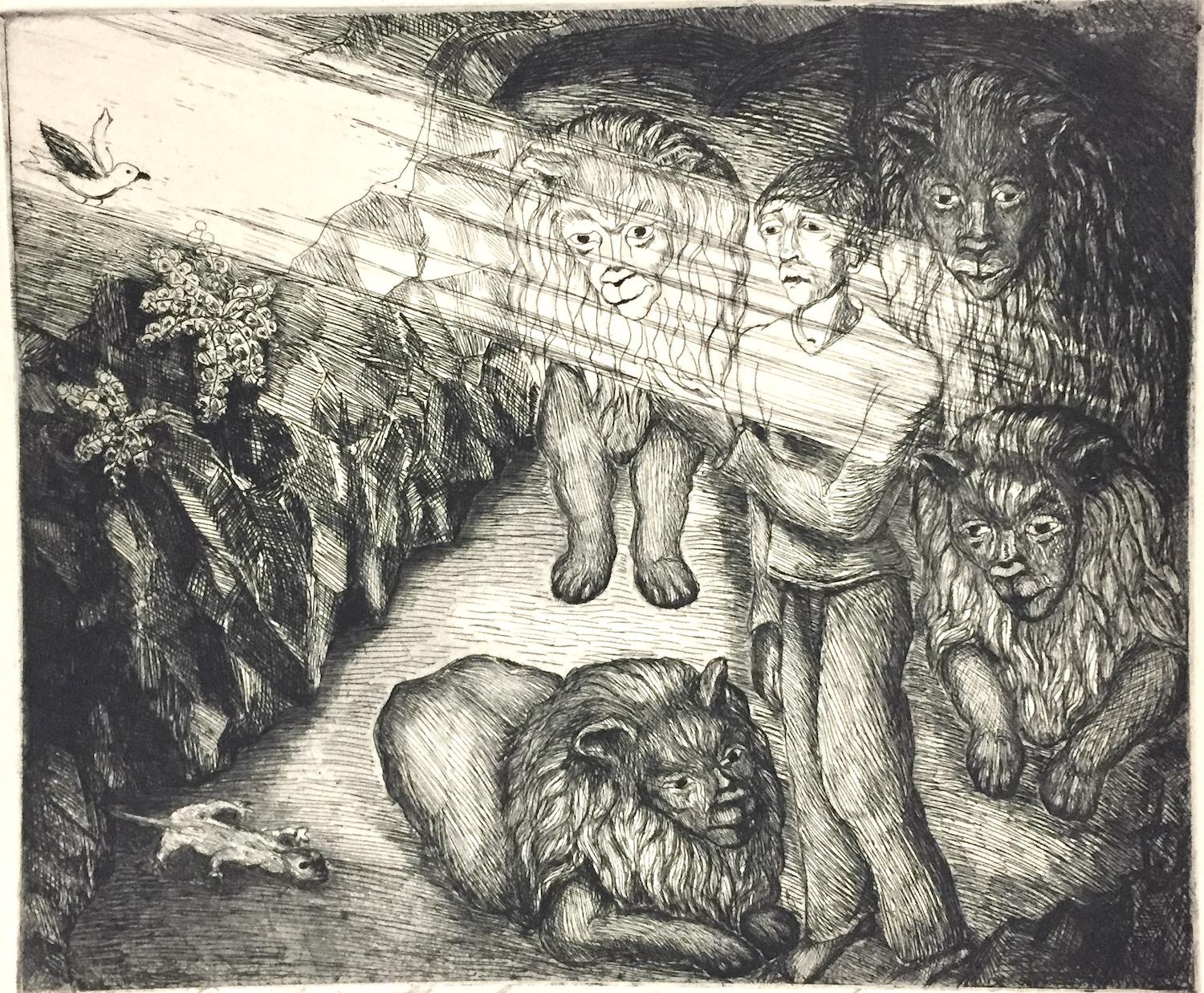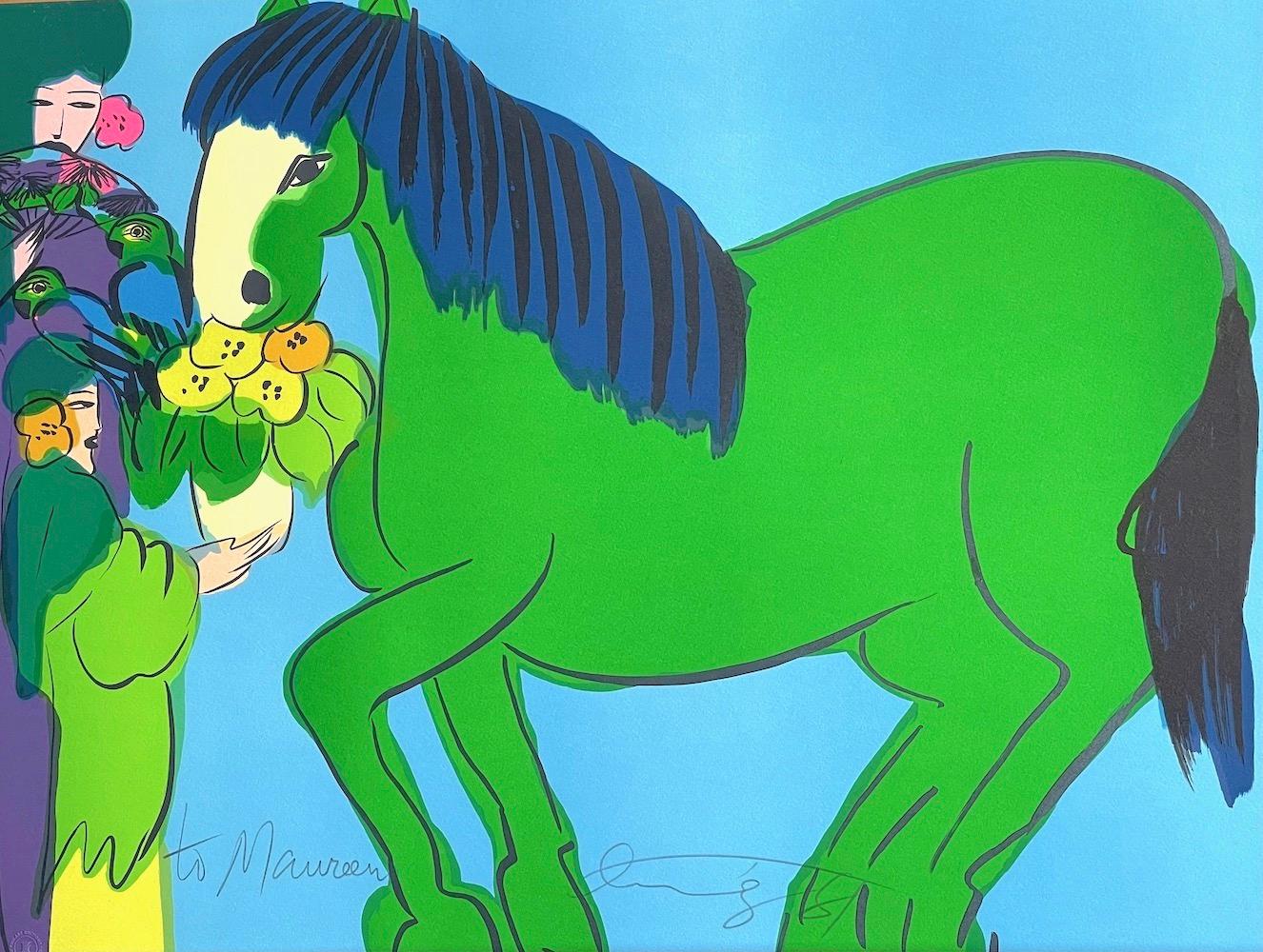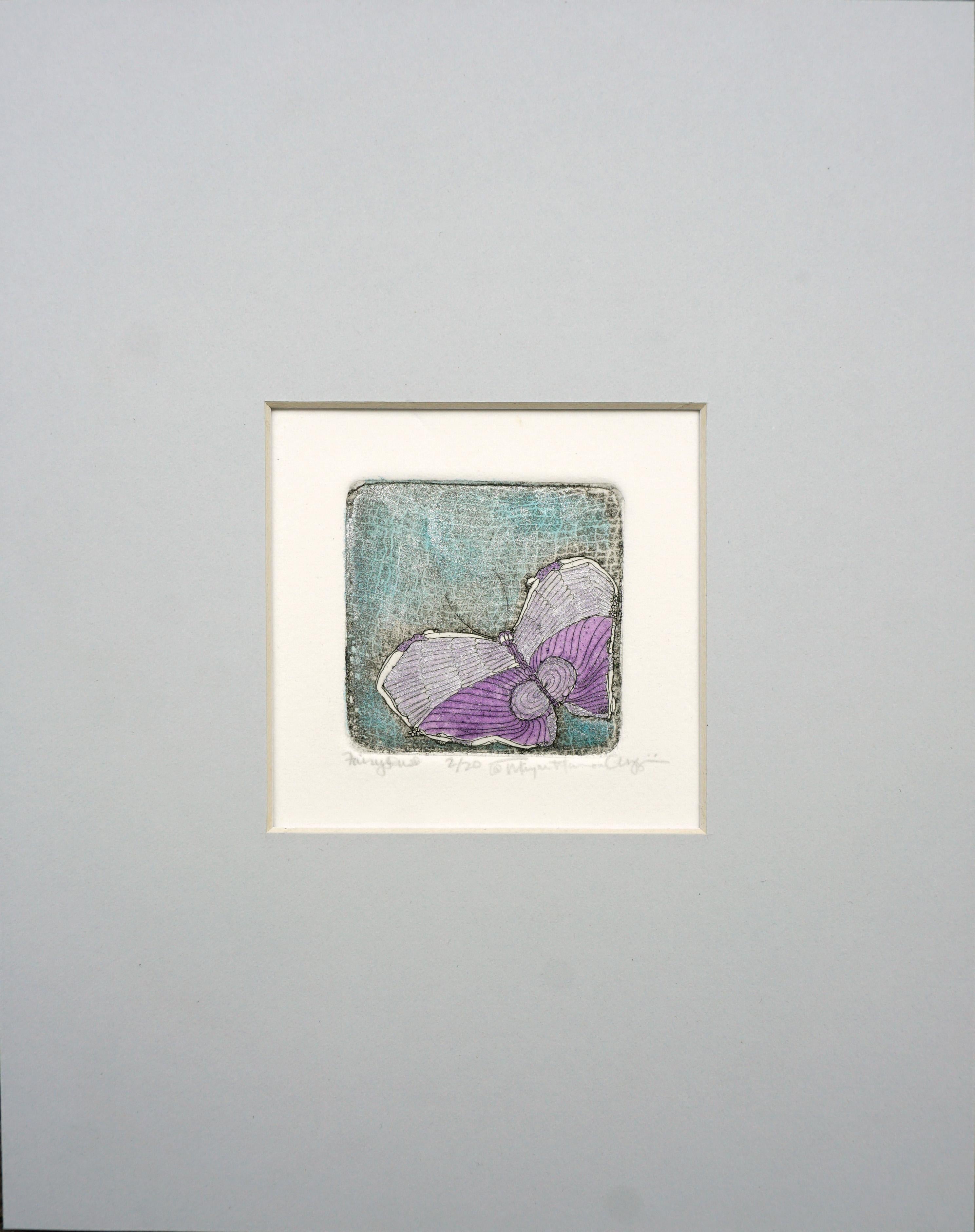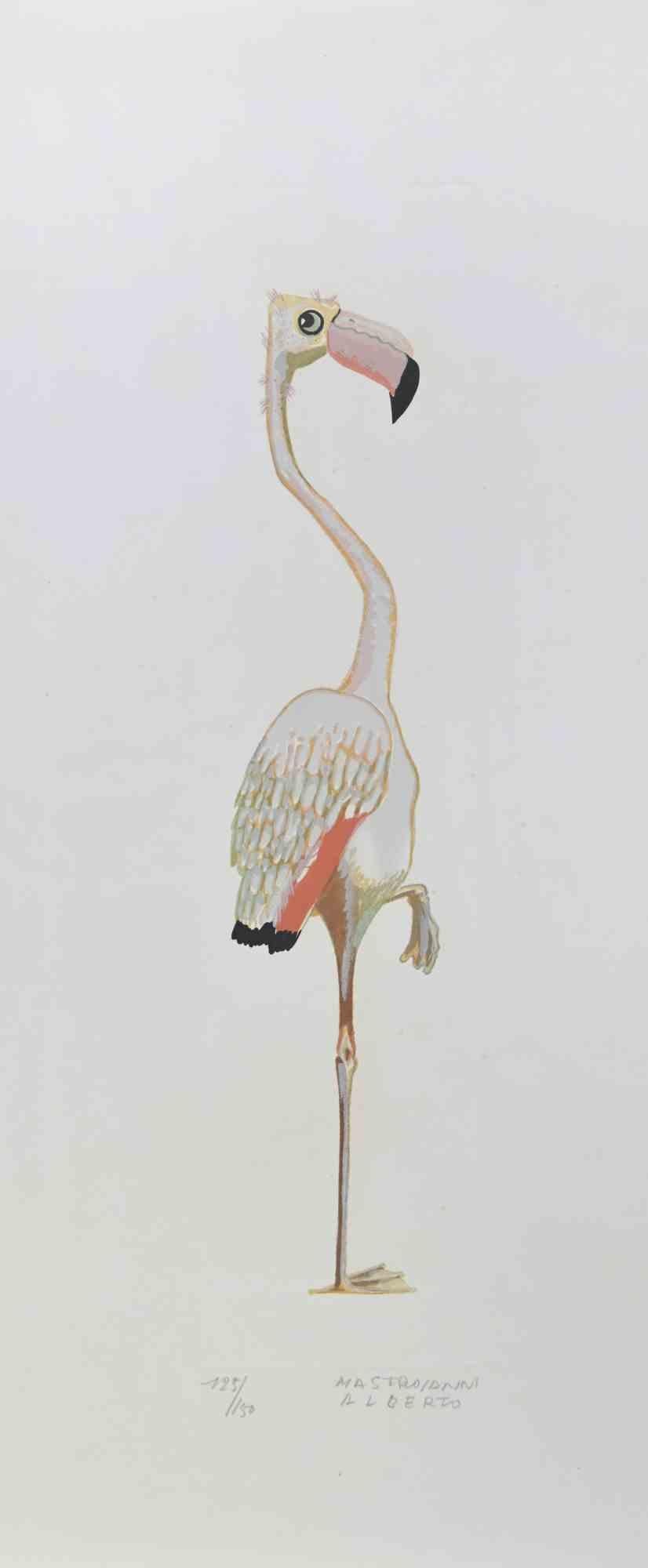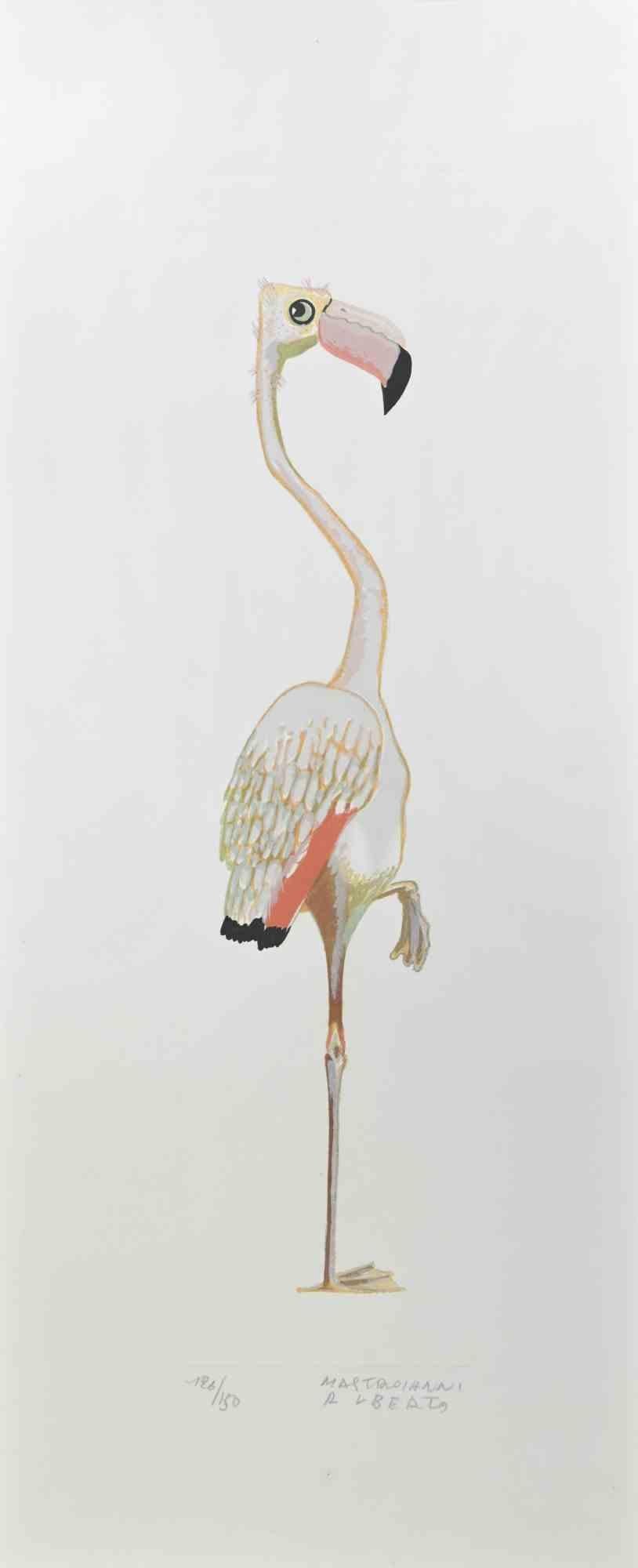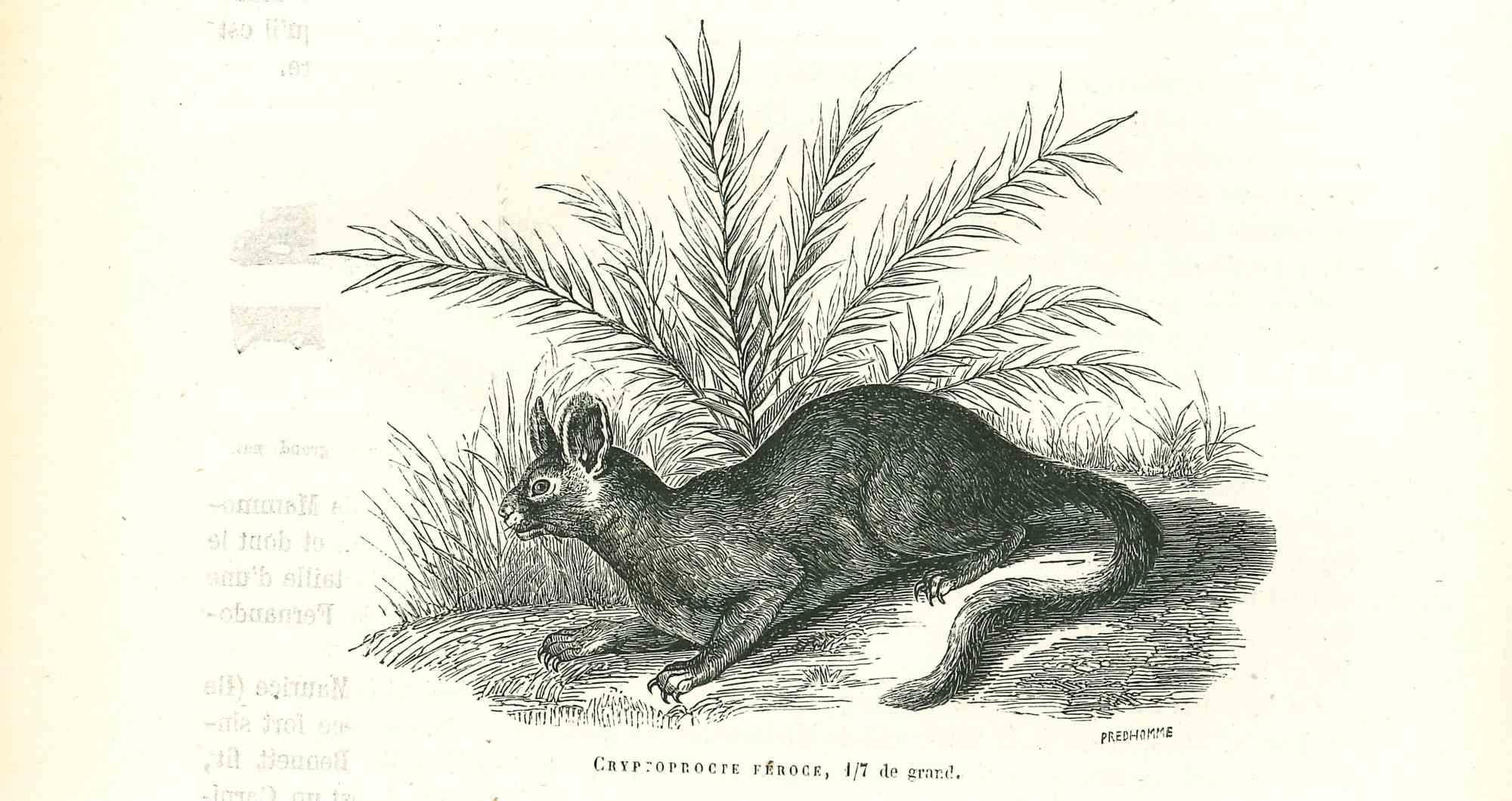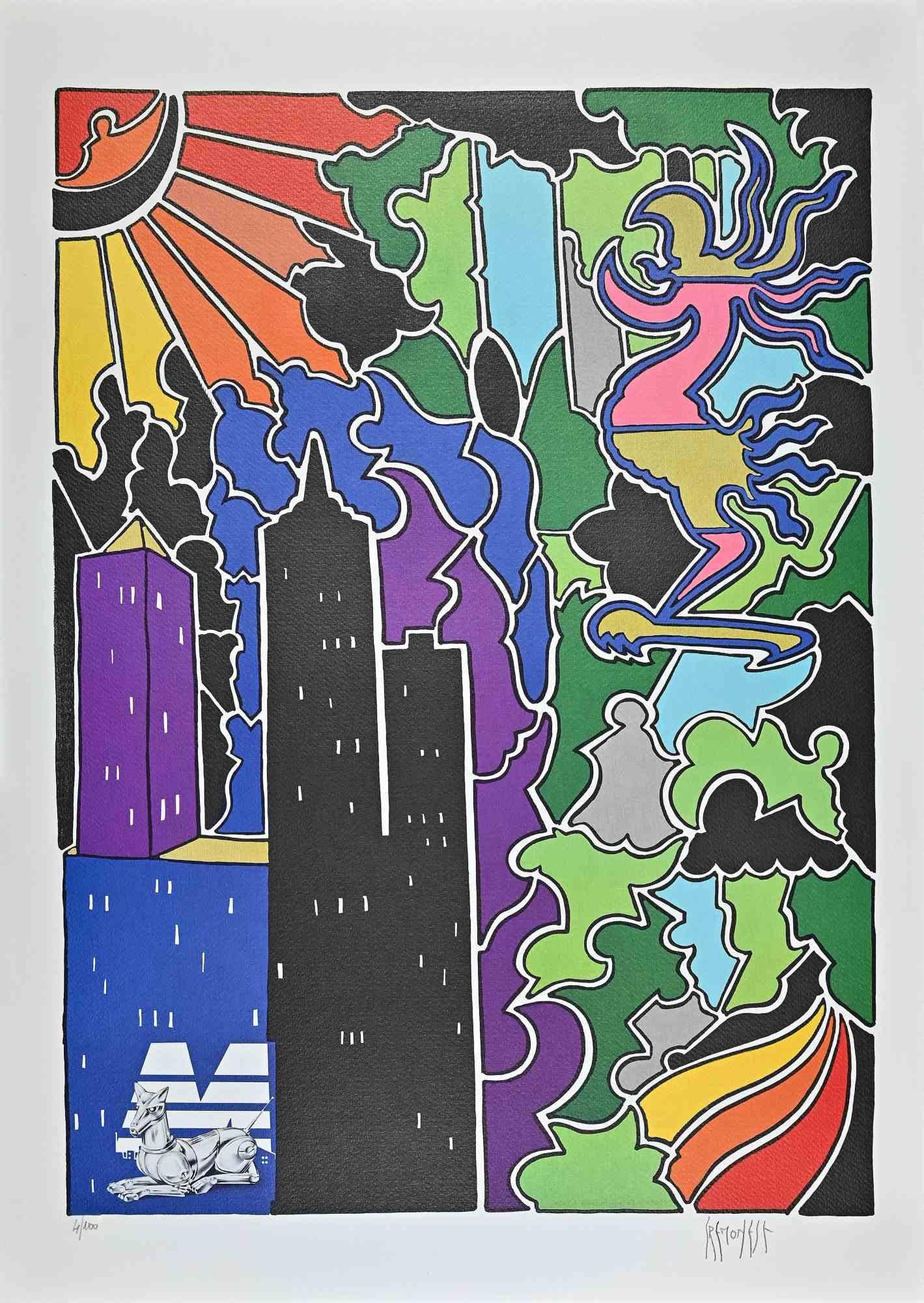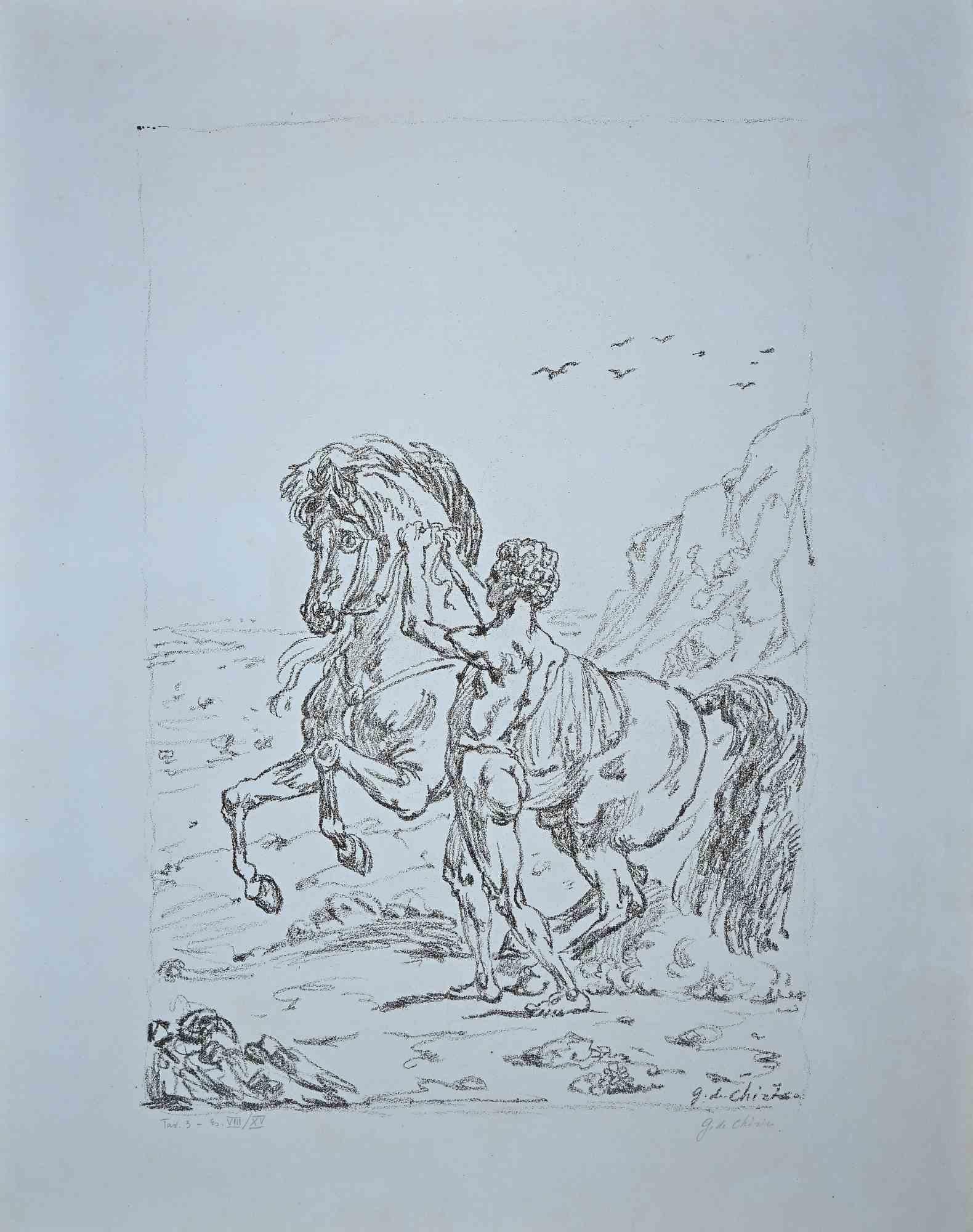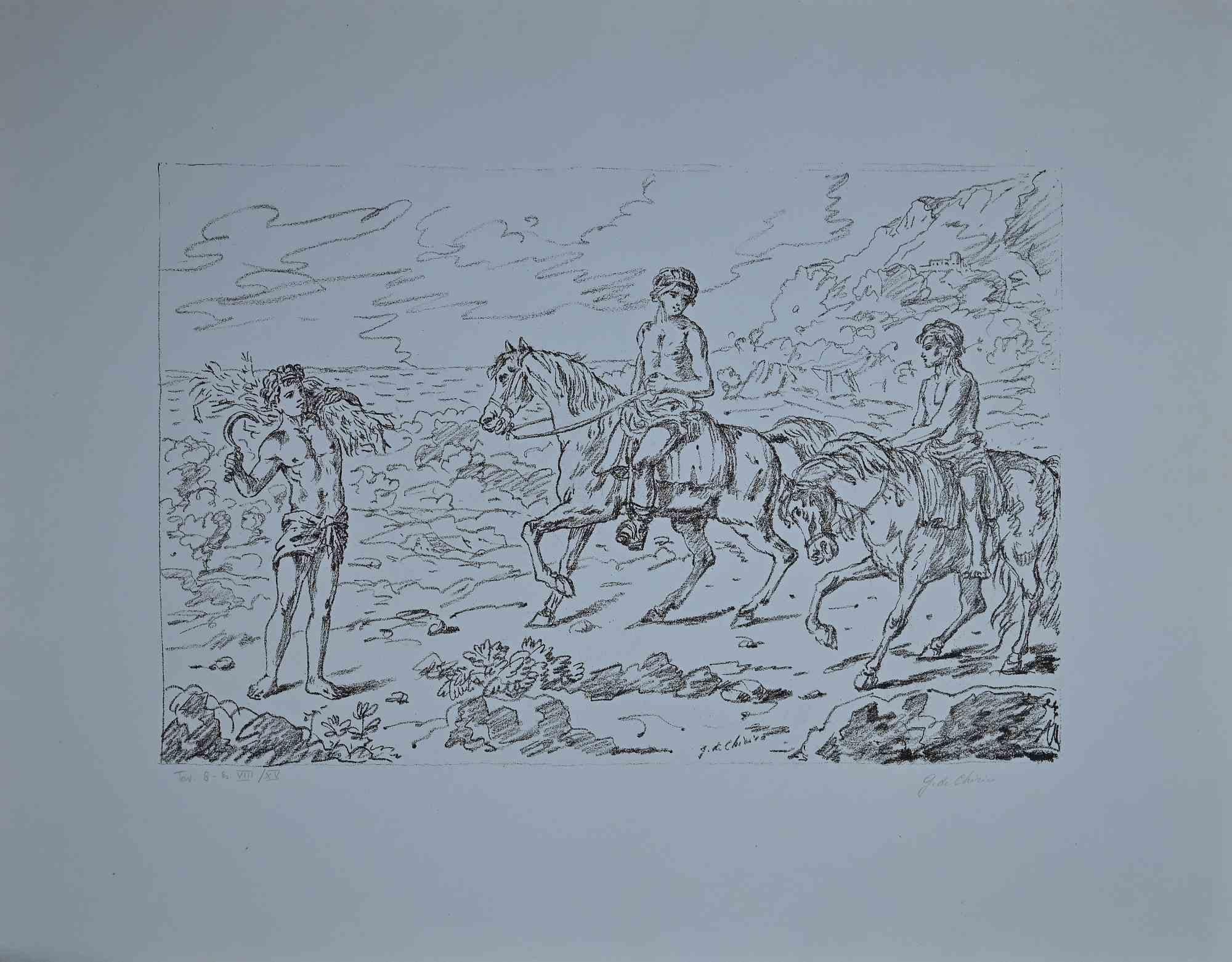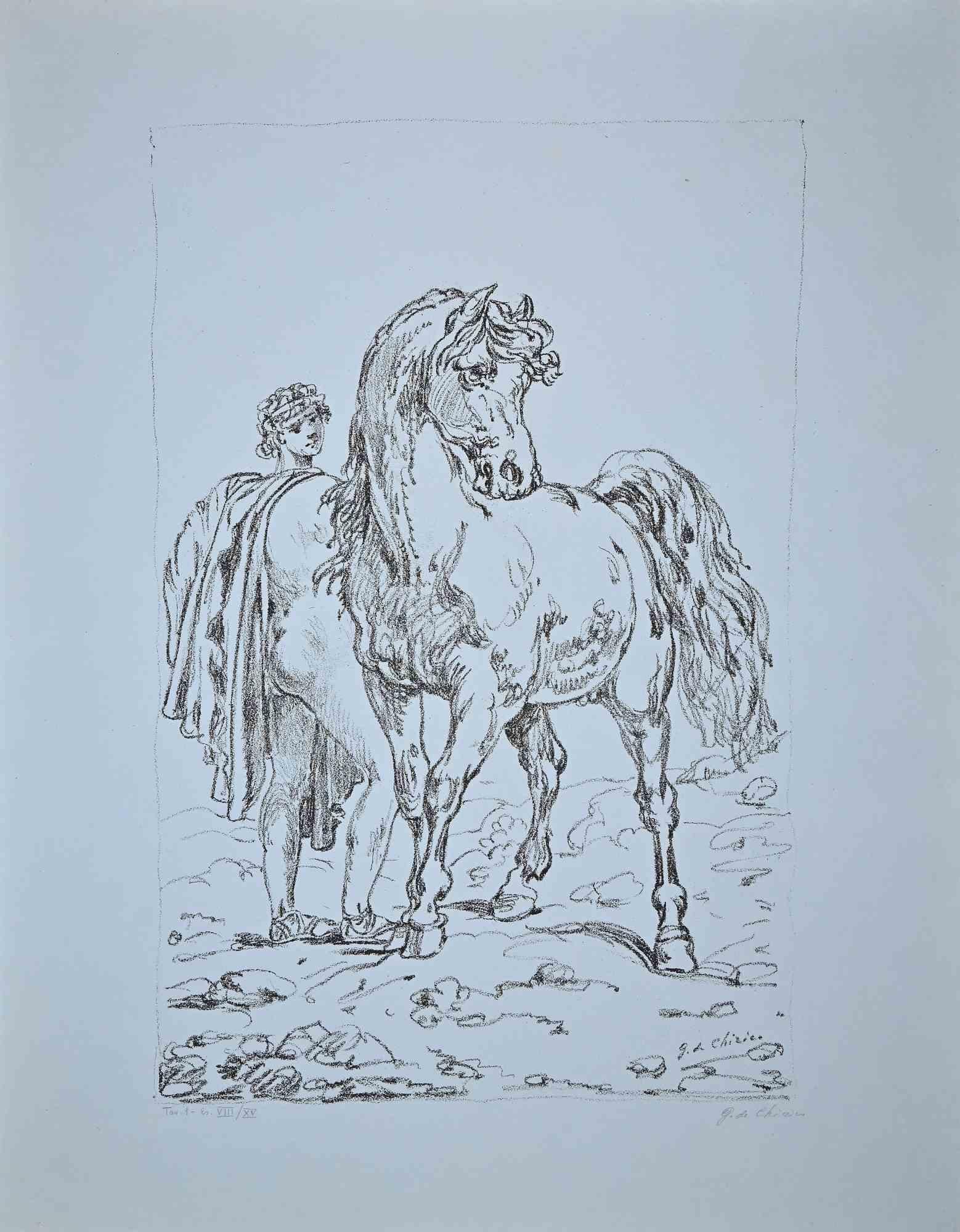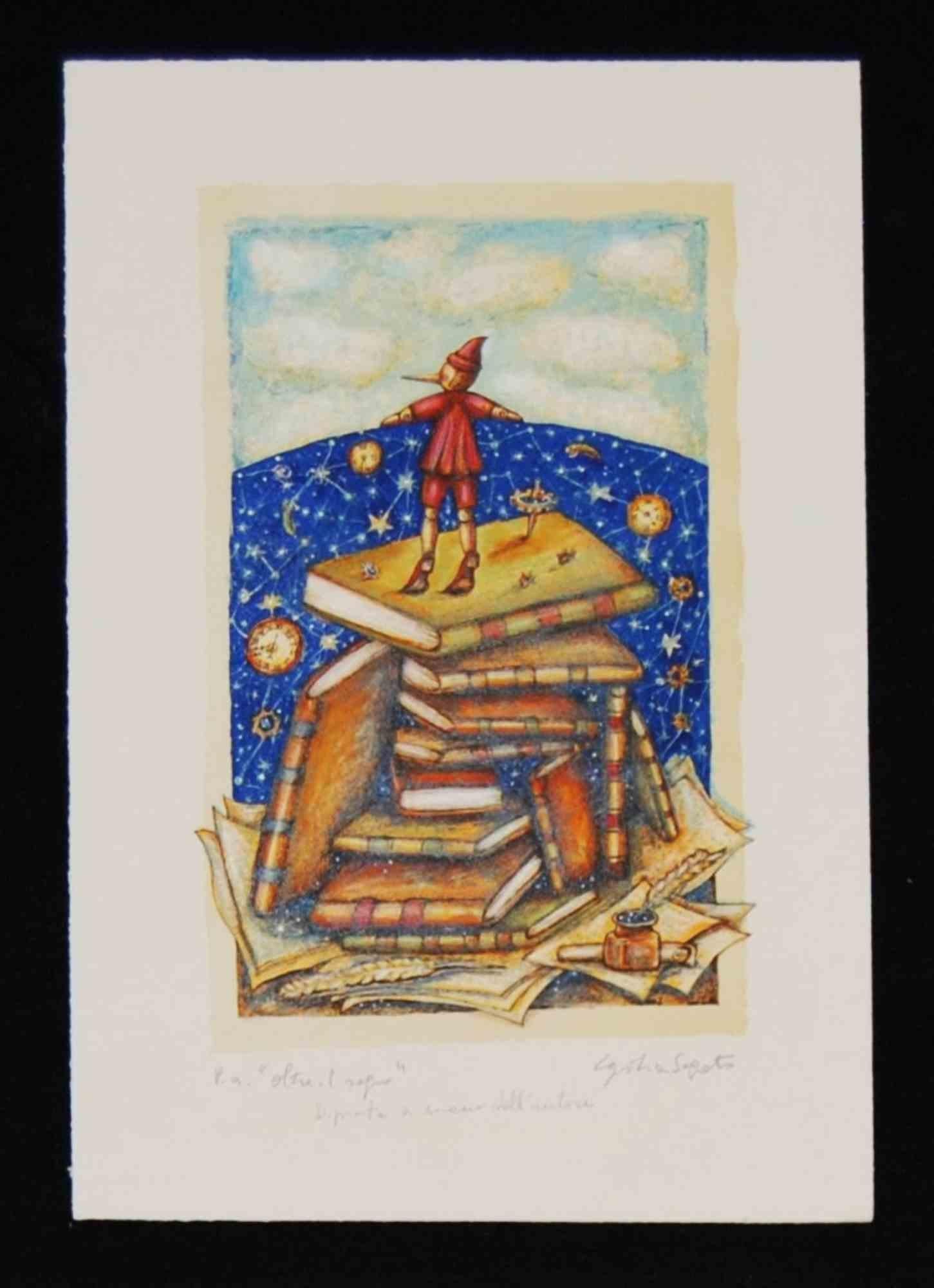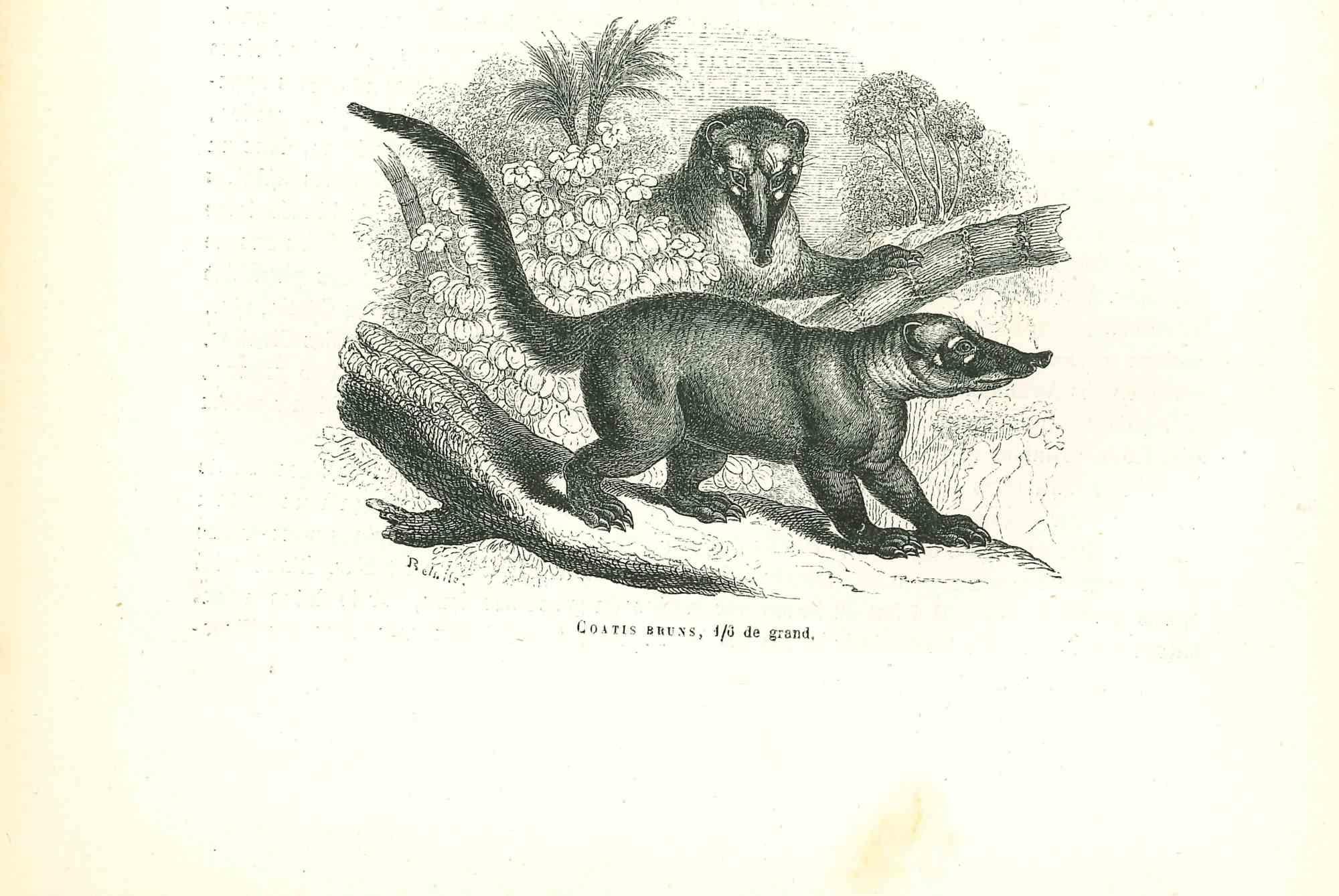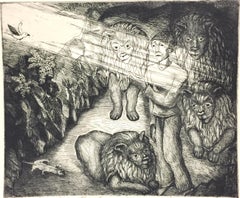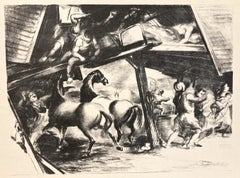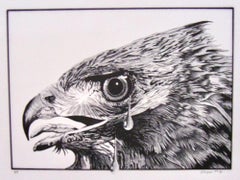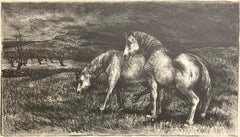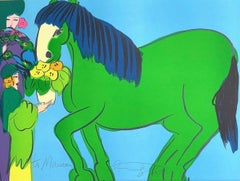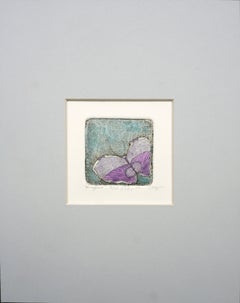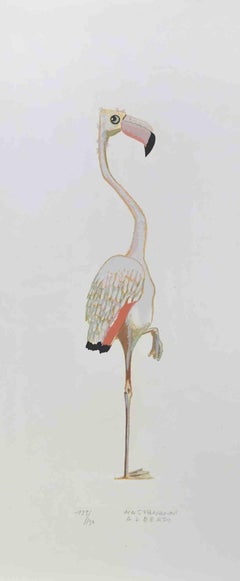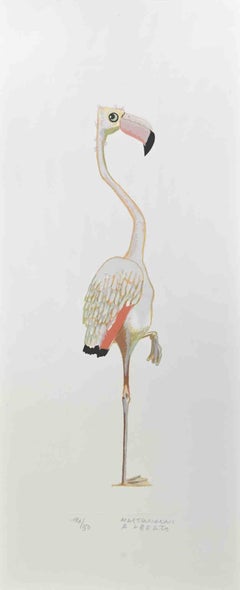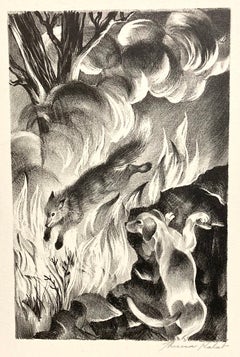
Theresa Halat, (The Fox and The Dog)
Want more images or videos?
Request additional images or videos from the seller
1 of 5
Theresa HalatTheresa Halat, (The Fox and The Dog)1935
1935
Price:$421.57
$500List Price
About the Item
- Creator:Theresa Halat (1900 - 1900, American)
- Creation Year:1935
- Dimensions:Height: 9 in (22.86 cm)Width: 6 in (15.24 cm)
- Medium:
- Movement & Style:
- Period:
- Condition:Extremely good condition -- no problems of any kind.
- Gallery Location:New York, NY
- Reference Number:1stDibs: LU141028225712
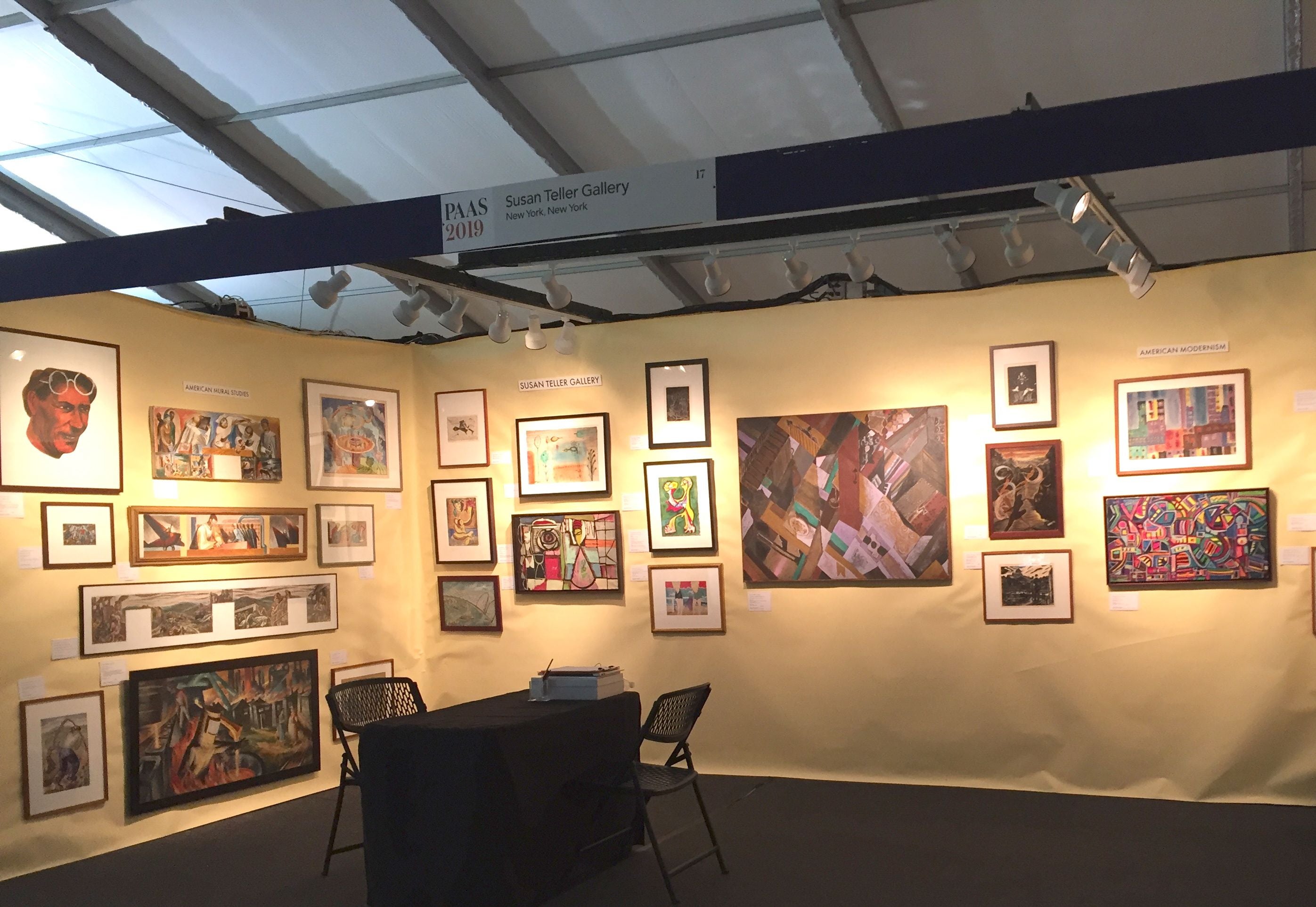
About the Seller
4.9
Platinum Seller
Premium sellers with a 4.7+ rating and 24-hour response times
Established in 1988
1stDibs seller since 2020
122 sales on 1stDibs
Typical response time: 1 hour
Authenticity Guarantee
In the unlikely event there’s an issue with an item’s authenticity, contact us within 1 year for a full refund. DetailsMoney-Back Guarantee
If your item is not as described, is damaged in transit, or does not arrive, contact us within 7 days for a full refund. Details24-Hour Cancellation
You have a 24-hour grace period in which to reconsider your purchase, with no questions asked.Vetted Professional Sellers
Our world-class sellers must adhere to strict standards for service and quality, maintaining the integrity of our listings.Price-Match Guarantee
If you find that a seller listed the same item for a lower price elsewhere, we’ll match it.Trusted Global Delivery
Our best-in-class carrier network provides specialized shipping options worldwide, including custom delivery.More From This Seller
View AllDaniel in the Lions' Den
Located in New York, NY
Ukrainian-born, lower East Side based, Sarah Berman was active on the NYC-WPA and in artists' circles. Daniel in the Lions' Den is an etching, signed and ...
Category
1930s Ashcan School Animal Prints
Materials
Etching
Jon Corbino, Montana Earthquake, 1936, lithograph
By Jon Corbino
Located in New York, NY
Works by Jon Corbino (1905-1964) feature drama. Here he's showing us the chaos produced by a major earthquake in rural Montana in 1936 -- an actual historical event.
The horses (ear...
Category
1930s American Modern Figurative Prints
Materials
Lithograph
Michael Knigin, Golden Eagle, 1979, lithograph
By Michael Knigin
Located in New York, NY
Michael Knigin, an extremely skilled draftsman, rides a fine line between realism and surrealism. Here he has conceived of an elegant and emotional eagle, a national symbol. In stark...
Category
1970s Contemporary Animal Prints
Materials
Lithograph
Reginald Wilson, Horses
By Reginald Wilson
Located in New York, NY
Although this work is titled Horses. It nice to think it could be (Horses in a Field in Woodstock, NY), but it was printed by Will Barnet at the Art Students League, about 1938, and Wilson, who visited Woodstock with Arnold Blanche...
Category
1930s American Modern Animal Prints
Materials
Lithograph
Rockwell Kent, Four Bookplates (on one sheet)
By Rockwell Kent
Located in New York, NY
Proof sheet with four wood engraved book plates by Rockwell Kent. Possibly for a book on this subject published in 1937. There are pencil numbers under each image that probably indic...
Category
Early 20th Century Art Deco Figurative Prints
Materials
Woodcut
Robert Marx, Blind Hunter
Located in New York, NY
German-born Robert Ernst Marx was a painter, printmaker, and teacher. His main subject was the human condition. This intaglio is somewhat unusual in ...
Category
1960s American Modern Figurative Prints
Materials
Intaglio
You May Also Like
GREEN HORSE, TWO GEISHAS Signed Lithograph, Asian Women, Fan, Parrots, Flowers
By Walasse Ting
Located in Union City, NJ
GREEN HORSE, TWO GEISHAS is an original lithograph printed using hand drawn lithography techniques on archival Somerset printmaking paper, 100% acid free, by the renowned Chinese born artist Walasse Ting (DING XIONGQUAN, Chinese, 1929-2010). Ting's use of bold colors and expressive calligraphic brush drawn forms convey vivid life energy. He is well known for his colorful images of women, flowers, fish, parrots and horses and was associated with artists Karel Appel, Asger Jorn, and Pierre Alechinsky, members of the avant-garde group called COBRA. Throughout his artistic life, Ting imbued his passion and spirit into his paintings, poetry and sculpture. GREEN HORSE, TWO GEISHAS is a freely expressed Chinese Ink Brush drawing depicting a colorful bright green horse with dark blue mane and tail standing with two lovely dark green haired Asian women...
Category
1980s Contemporary Figurative Prints
Materials
Lithograph
"Fairy Rush" - Hand-Altered Iridescent Butterfly Lithograph, 2/20
Located in Soquel, CA
Delicate and iridescent limited edition lithograph of a butterfly by an unknown artist. Titled "Fairy Rush", numbered "2/20", and signed along the bottom edge (illegible). Presented ...
Category
1990s Contemporary Animal Prints
Materials
Glitter, Ink, Acrylic, Lithograph
$281 Sale Price
25% Off
Flamingo - Lithograph by Alberto Mastroianni - 1970s
By Alberto Mastroianni
Located in Roma, IT
Flamingo is a lithograph realized by Alberto Mastroianni in the 1970s.
Hand Signed on the lower right margin. Numbered on the lower in pencil.
The artwork represents an interesting...
Category
1970s Contemporary Figurative Prints
Materials
Lithograph, Paper
Flamingo - Lithograph by Alberto Mastroianni - 1970s
By Alberto Mastroianni
Located in Roma, IT
Flamingo is a lithograph realized by Alberto Mastroianni in the 1970s.
Hand Signed on the lower right margin. Numbered on the lower in pencil.
The artwork represents an interesting...
Category
1970s Contemporary Figurative Prints
Materials
Lithograph, Paper
The Rabbit - Lithograph by Paul Gervais - 1854
By Paul Gervais
Located in Roma, IT
The Rabbit is a lithograph on ivory-colored paper, realized by Paul Gervais (1816-1879). The artwork is from The Series of "Les Trois Règnes de la Nature", and was published in 1854....
Category
1850s Modern Figurative Prints
Materials
Lithograph
Abstract Urban Landscape - Lithograph by Antonio Cremonese
By Antonio Cremonese
Located in Roma, IT
Abstract Urban Landscape is an original print, realized in by the Artist Antonio Cremonese (Rome, 1949).
Color lithograph on paper. Hand Signed on the right margin. Limited edition...
Category
1980s Contemporary Figurative Prints
Materials
Lithograph
